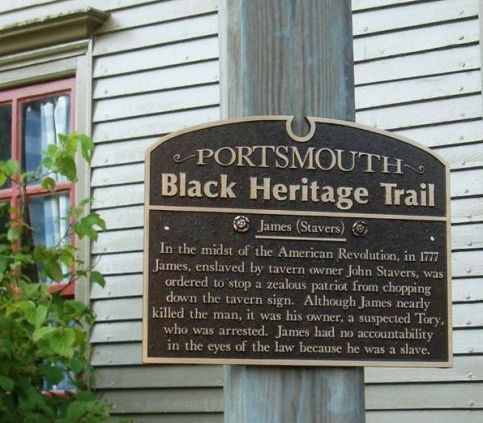A new project is in the works, starting in Rhode Island. The project is focusing on memorializing America’s slave trade ports. Since Rhode Island had 1,000 slave trading voyages launch from its ports, the project volunteers feel that it should be the place to start.
The project has been named The Middle Passage Ceremonies and Port Markers Project; it has been working to place markers at over 40 ports along the Atlantic and Gulf coasts. These markers will indicate where slaves arrived or where ships were sent off to be used in the trades.
The project refers to the forced migration across the Atlantic Ocean of more than 10 million Africans. Many of those never made it to America, having died in the terrible conditions at sea.
Ann Chinn, the woman who founded the project, said that she and the volunteers are simply marking the areas where it all began. She explained that people marked Plymouth, Jamestown, and St. Augustine, so why shouldn’t the slave ports be marked as well?
The project is starting to roll out as ports and cities are beginning to realize and come to terms with their roles in the slave trade decades ago. This includes the North – while the North is recognized as the region that fought against slavery, many people do not know of its history of trading and profiting from the practice.
The project uses the Voyages Trans-Atlantic Slave Trade Database at Emory University and other historical records in order to identify where the slaves arrived or where those ships were sent off in the slave trade. The group then works with other local historical groups, churches, and other means of support in order to erect those markers that note the port or city’s role in the slave trade.
Surprisingly, there were some cases where other local groups were working on something similar. In Portsmouth and New Hampshire, a group called Chinn to tell her that they had already erected a granite marker that stated slaves were brought there. Markers have already been placed in some cities in Virginia, Georgia, Maryland, New York, Florida, South Carolina, and Louisiana.
Each city works out the details on their own, depending on what kind of marker they want and the placement of it. Some of the markers are engraved with a few sentences while others are several feet long and include maps and colored illustrations. Certain markers cost as little as $1,000, but can cost in the thousands if the city wants something more detailed.
Lois Winter, the chair of the Yorktown Historical Committee, said one of the group’s earliest effort was in 2013 in Yorktown, Virginia. This place is best known for being where the British surrendered to George Washington at the end of the Revolutionary War. At that time, there was very little information about the history of slavery or African Americans at the site, even though it was a major slave trading port.
She also added that the city hadn’t included it as part of the tourist information, so the people visiting wouldn’t know. However, thanks to the group installing the marker, more visitors are learning the city’s complete history on how that port was a primary entry for the Africans who were brought to Virginia. She said that the city and those living there are ignoring a major part of history by not including those slaves in the story of how the city came to be.
According to a Brown University report, about 60% of all slave-trading voyages that were launched in North America came from Rhode Island. Voyages in the state left from Providence, Newport, Bristol, and Warren. More than 2,700 slaves were brought right to Rhode Island. To add to that, the state’s economy had been built on the trade, including its shipbuilding, rum distilleries, and other large industries.
People from surrounding groups are planning on meeting up to discuss how to move forward and to continue making these markers. Ray Rickman, who plays a major part in this project, said he hopes to see a marker at Newport, where millions of tourists visit each year. He said by building these markers and showing visitors the true history of the cities, it could help people learn and understand.
Image source
